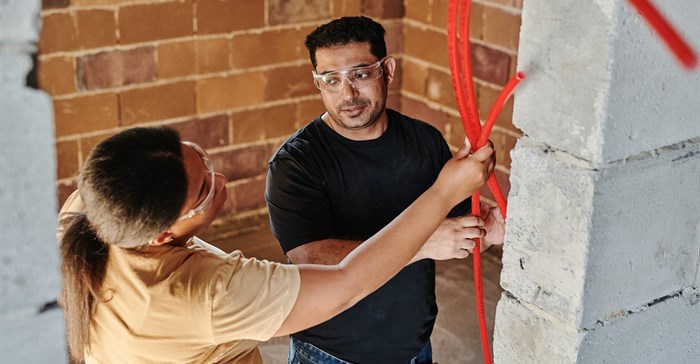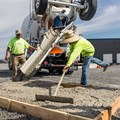
Source: Mikael Blomkvist
However, the industry faces significant challenges, with ongoing loadshedding being the most pressing. These unplanned power outages bring construction sites to a standstill, complicating project management and jeopardising timely delivery. This can have severe repercussions on a contractor’s reputation, cash flow, and profit margins, as missed deadlines often result in penalties.
Trevor Brewer, a director at air treatment specialist Solenco, suggests that investing in dehumidifying technology and adopting the cocooning method could help mitigate the impact of persistent power outages.
A dehumidifier can significantly speed up construction processes by enabling materials to dry and set faster, while also inhibiting the growth of mould and mitigating other moisture-related factors that can cause structural damage.
It also goes a long way in maintaining and extending the life of costly equipment and machinery, like generators, by preventing rust.
Moisture control
“Controlling moisture in a construction environment can lead to higher efficiency. This is where the concept of cocooning, complemented by robust commercial-grade dehumidifiers that are compatible with ducting installations, is a game-changer,” says Brewer.
Cocooning involves creating a controlled environment in a specific construction area, using dehumidifiers to regulate the humidity and thus ensure the best conditions for materials and construction processes. By extracting moisture from the air, dehumidifiers maintain a drier environment that is especially critical when working with moisture-sensitive materials like concrete or drywall.
The advantages of cocooning with dehumidifiers are manifold. To start with, it can help offset loadshedding-related delays by facilitating faster curing of concrete and other processes. It also ensures that construction materials like concrete and wood maintain their integrity, thereby contributing to the overall durability of a structure.
By maintaining low humidity, cocooning inhibits the growth of harmful substances, ensuring a healthier work environment.
Brewer says that the combined benefits of reduced curing time, less material damage, and decreased labour costs make the initial investment in dehumidifiers highly cost-effective over the medium-term.
“Testament to the impact of loadshedding and other industry stressors, some 90 construction companies closed their doors in 2022 alone. While growth in the industry seems set in stone for now, business owners will still need robust plans to tackle power-related – and other – challenges going forward, and cocooning presents a forward-thinking solution," says Brewer.
"By embracing this approach, professionals can significantly enhance the quality, efficiency, and safety of their construction projects, turning the challenge of moisture control into an opportunity for excellence."













































